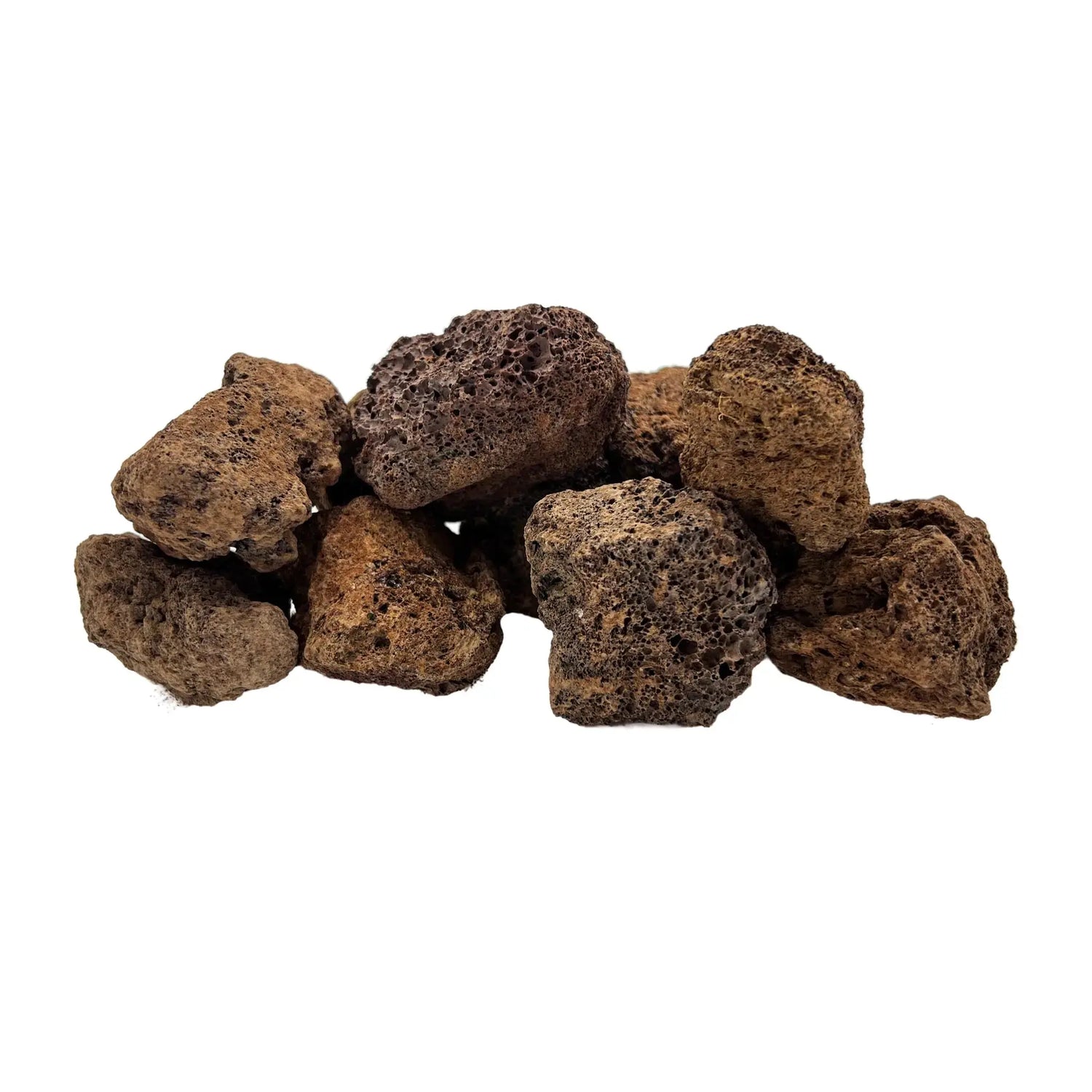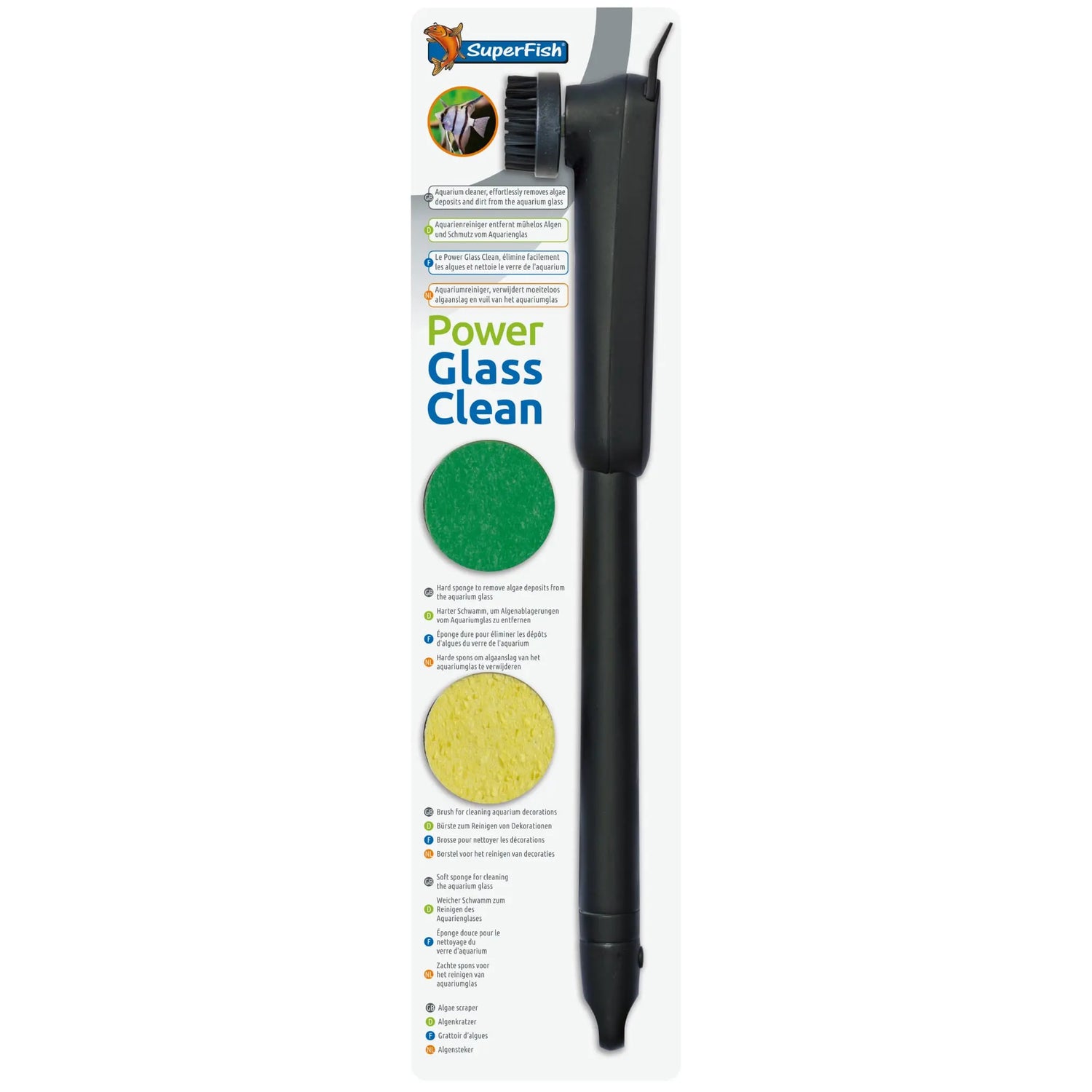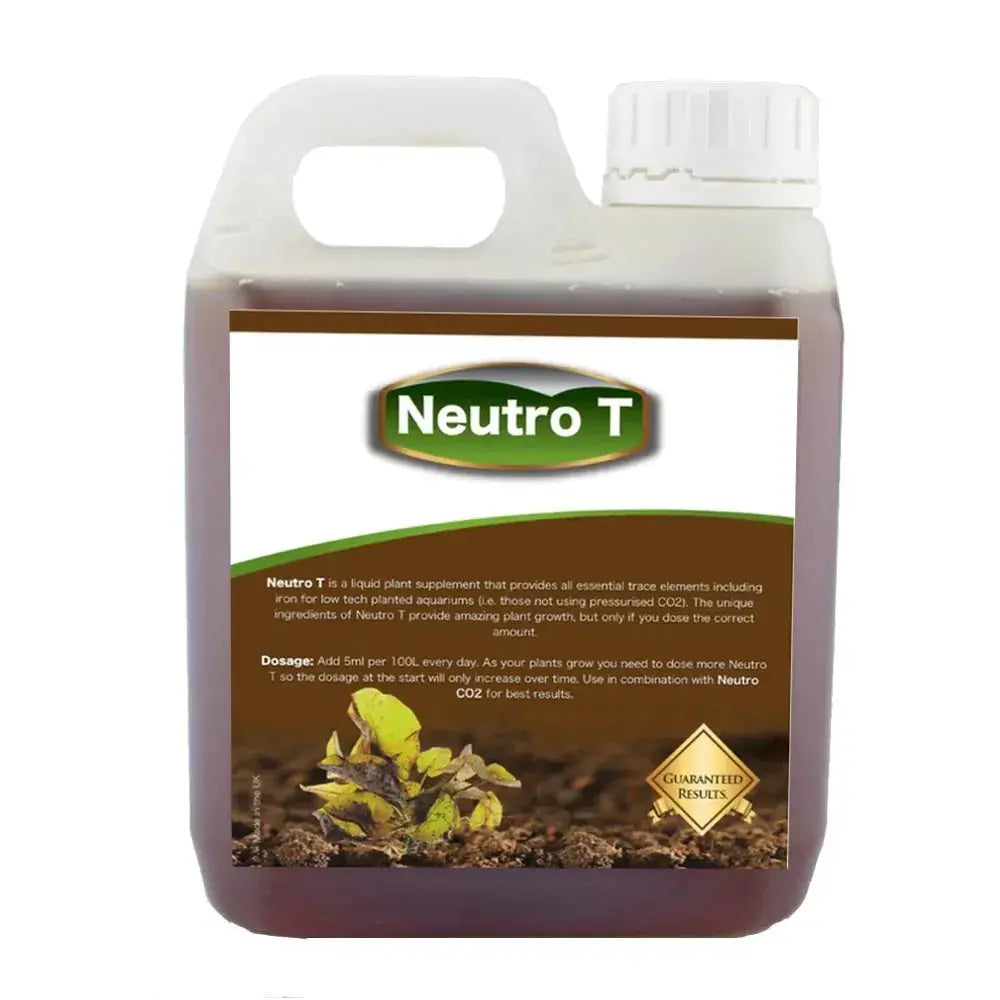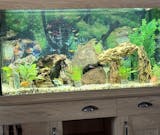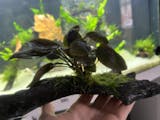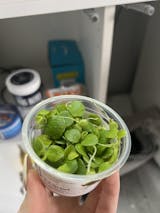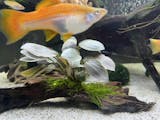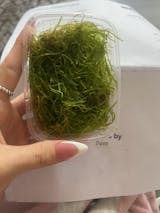Moss balls, also known as Marimo balls, are not only visually appealing but also provide numerous benefits to your aquarium ecosystem. With their velvety texture and vibrant green colour, moss balls instantly add a touch of serenity to any aquatic environment. They act as a natural filter, absorbing excess nutrients and impurities, thereby promoting cleaner and healthier water conditions for your fish and other aquatic organisms.
In this comprehensive guide, we will explore the ideal conditions for growing moss balls, discuss the different types of moss balls available, and provide step-by-step instructions on how to properly care for and maintain them. Whether you are a novice or experienced aquarium keeper, this guide will equip you with the knowledge and tips you need to successfully incorporate moss balls into your underwater paradise. Get ready to take your aquarium to the next level with the captivating beauty and benefits of moss balls!
Aquarium moss balls, also known as Marimo balls, offer a range of benefits that make them a fantastic addition to any aquarium. Firstly, their velvety texture and vibrant green colour add a touch of beauty and serenity to your underwater world. These captivating plants create a visually appealing environment that both you and your aquatic inhabitants will enjoy.
Beyond their aesthetic appeal, moss balls also play a crucial role in maintaining a healthy and balanced ecosystem. They act as natural filters, absorbing excessive nutrients and impurities from the water. By doing so, they help prevent the growth of algae and promote cleaner water conditions for your fish and other aquatic organisms. This not only enhances the overall appearance of your aquarium but also ensures the well-being of your aquatic pets.
Furthermore, moss balls provide a source of natural enrichment for your aquarium inhabitants. Fish and other aquatic creatures can interact with the moss balls, using them as shelter, grazing surfaces, or even as a place to lay eggs. This natural habitat enrichment can improve the overall welfare and behaviour of your aquarium residents, leading to a happier and healthier aquatic community.
In summary, the benefits of having aquarium moss balls include their visual appeal, their role as natural filters, and their ability to provide natural enrichment for your aquatic pets. With these advantages in mind, let's explore the different types of moss balls available and how to choose the right one for your aquarium.
There are several different types of aquarium moss balls that you can choose from, each with its own unique characteristics. Understanding the differences between these types will help you select the ideal moss ball for your specific aquarium needs.
- Cladophora Moss Balls: Cladophora balls are the most common type of moss balls found in aquariums. They have a spherical shape and a dense, bushy appearance. These moss balls are known for their ability to absorb excess nutrients, making them excellent natural filters. Cladophora moss balls can tolerate a wide range of water conditions, making them a versatile choice for various aquarium setups.
- Taxiphyllum Moss Balls: Taxiphyllum moss balls, also known as Java moss balls, are another popular option for aquarium enthusiasts. These moss balls have a more delicate and feathery appearance compared to cladophora balls. Taxiphyllum moss balls thrive in lower light conditions and can be attached to rocks or driftwood to create natural-looking aquascapes. They are particularly favored by hobbyists who want to create a lush and natural underwater environment.
- Fissidens Moss Balls: Fissidens balls are a less common type of moss ball but are gaining popularity among aquarists. These moss balls have a unique fern-like appearance, with thin, delicate fronds branching out from the spherical core. Fissidens moss balls require specific water parameters and are more suitable for experienced aquarium keepers. They can add a touch of elegance and sophistication to your aquarium, making them a great choice for those looking for a more unique moss ball variety.
Now that we have explored the different types of moss balls available, let's delve into the process of choosing the right moss ball for your aquarium.
When selecting a moss ball for your aquarium, there are several factors to consider to ensure the best fit for your specific setup. Here are some essential considerations to keep in mind:
- Aquarium Size: Consider the size of your aquarium when choosing a moss ball. If you have a smaller tank, opt for smaller moss balls to maintain a visually balanced and proportionate appearance. In larger aquariums, you can choose larger moss balls or group several smaller ones together to create a visually appealing arrangement.
- Aquarium Style: Consider the overall style and theme of your aquarium. If you have a natural or biotope aquarium, Taxiphyllum moss balls can help create a lush and realistic underwater environment. For a more contemporary or minimalist setup, Cladophora moss balls can provide an eye-catching focal point.
- Water Parameters: Different types of moss balls have varying preferences for water parameters. Before making your selection, ensure that the moss ball you choose is compatible with the specific pH, temperature, and hardness levels of your aquarium. This will help ensure the long-term health and vitality of the moss ball.
- Lighting Conditions: Consider the lighting conditions in your aquarium. Some moss balls, such as Taxiphyllum moss balls, thrive in lower light conditions, while others, like Cladophora moss balls, can tolerate a wider range of lighting intensities. Adjust your lighting setup accordingly to provide the optimal conditions for your chosen moss ball.
Taking these factors into account will help you choose the perfect moss ball for your aquarium. Once you've made your selection, it's time to set up and maintain an aquarium with moss balls.
Setting up an aquarium with moss balls is relatively straightforward, but there are a few key steps to follow to ensure their successful integration into your underwater world. Let's go through the process step-by-step:
- Clean the aquarium: Start by cleaning your aquarium thoroughly. Remove any debris, algae, or unwanted substances from the tank and its accessories. This will provide a clean and healthy environment for your moss balls.
- Prepare the substrate: Moss balls can be placed directly on the substrate or attached to rocks or other decorative items. If you choose to place them on the substrate, ensure that it is clean and free from any sharp or abrasive materials that could damage the moss balls' delicate structure.
- Introduce the moss balls: Gently place the moss balls into your aquarium. Consider their placement to create an aesthetically pleasing arrangement. You can position them individually or group them together to create a natural-looking cluster.
- Monitor water parameters: Regularly monitor the water parameters in your aquarium, including temperature, pH, and hardness. Moss balls prefer stable and balanced water conditions, so maintaining these parameters within the recommended range is crucial for their health and vitality.
- Provide appropriate lighting: Adjust the lighting conditions in your aquarium to meet the specific needs of your chosen moss ball variety. Some moss balls thrive in low light conditions, while others require moderate to high levels of light. Ensure that your lighting setup aligns with the requirements of your moss balls.
- Regular maintenance: Moss balls require minimal maintenance but benefit from occasional gentle cleaning. Gently roll the moss balls in your hands to remove any accumulated debris or algae. Avoid using any chemicals or harsh substances, as this can harm the moss balls' delicate structure.
By following these steps, you can create a suitable environment for your moss balls to thrive. However, it's essential to understand the specific lighting and water requirements for moss balls to ensure their continued health and growth.
Proper lighting and temperature are crucial for the well-being of your moss balls. Here are some guidelines to help you provide the optimal conditions for their growth:
- Lighting: Different types of moss balls have varying lighting requirements. Cladophora moss balls can tolerate a wide range of lighting intensities, from low to high. Taxiphyllum moss balls prefer lower light conditions and can be placed in shaded areas of your aquarium. Fissidens moss balls require moderate to high levels of light to thrive. Adjust your lighting setup accordingly to meet the specific needs of your chosen moss ball variety.
- Temperature: Most moss balls prefer cooler water temperatures ranging from 20°C to 25°C. Ensure that your aquarium's temperature remains within this range to provide the ideal conditions for your moss balls. Avoid exposing them to extreme temperature fluctuations, as this can cause stress and negatively impact their health.
Maintaining the correct lighting and temperature conditions will help your moss balls flourish and contribute to a healthy and balanced aquarium ecosystem. Additionally, paying attention to water parameters and proper care is essential for their long-term well-being.
To ensure the health and vitality of your moss balls, it's essential to maintain appropriate water parameters and provide regular care. Here are some guidelines to follow:
- pH level: Most moss balls prefer slightly acidic to slightly alkaline water conditions, with a pH range of 6.0 to 8.0. Regularly test the pH level of your aquarium and adjust it as necessary to maintain the optimal range for your moss balls.
- Water hardness: Moss balls can tolerate a wide range of water hardness levels, but they generally prefer moderately hard water. Aim for a water hardness range of 2 to 12 dKH (degrees of carbonate hardness) to provide the ideal conditions for your moss balls.
- Water changes: Regular water changes are crucial for maintaining the overall health of your aquarium, including your moss balls. Aim for weekly or bi-weekly water changes of approximately 10% to 20% of the total water volume. This will help remove excess nutrients and maintain stable water conditions for your moss balls.
- Avoid copper: Moss balls are sensitive to copper, which can be found in certain medications and water treatments. Ensure that any products you use in your aquarium are copper-free to prevent harm to your moss balls.
- Gentle cleaning: As mentioned earlier, moss balls require minimal maintenance. However, occasional gentle cleaning can help remove debris and algae that may accumulate on their surface. Gently roll the moss balls in your hands while rinsing them in aquarium water to remove any unwanted substances.
By maintaining suitable water parameters and providing regular care, you can ensure the continued health and vitality of your moss balls. Additionally, understanding how to propagate and encourage growth in your moss balls will allow you to expand their presence in your aquarium.
Propagating moss balls can be a rewarding process that allows you to expand your collection and share their beauty with other aquarium enthusiasts. Here's how you can propagate and encourage growth in your moss balls:
- Division: Moss balls can be divided into smaller sections to create new plants. Gently squeeze the moss ball and carefully pull it apart into smaller pieces. Make sure each section has a sufficient amount of healthy moss to ensure successful growth.
- Rolling method: Another way to propagate moss balls is by the rolling method. Gently roll the moss ball in your hands, applying slight pressure. This will encourage the moss to grow in new directions and create a denser and more visually appealing appearance.
- Floating method: To encourage growth in moss balls, you can also float them in a separate container with suitable water conditions. This allows them to receive optimal light and nutrients, promoting faster growth. Once the moss balls have grown and developed new sections, you can reintroduce them into your main aquarium.
Remember to monitor the water parameters and provide appropriate lighting and care during the propagation process. By following these methods, you can expand your moss ball collection and enjoy their captivating beauty throughout your aquarium.
While moss balls are generally low-maintenance plants, they may encounter a few common issues. Here are some troubleshooting tips for addressing these problems:
- Browning or yellowing: If your moss balls start to turn brown or yellow, it may indicate a lack of light or inadequate water conditions. Ensure that your moss balls receive the appropriate amount of light and maintain stable water parameters to promote healthy growth.
- Algae growth: Although moss balls help control algae, they can occasionally develop algae growth themselves. If this occurs, gently remove the moss ball from the aquarium and roll it in your hands to remove the algae. Adjust the lighting and water conditions as necessary to prevent further algae growth.
- Floating moss balls: Sometimes, moss balls may become buoyant and float to the water's surface. This can indicate a lack of attachment to the substrate or excessive gas accumulation within the moss ball. Gently press the moss ball back into the substrate or consider attaching it to a rock or driftwood to prevent floating.
- Slow growth: If your moss balls are not growing as expected, evaluate the lighting conditions and water parameters in your aquarium. Adjust these factors as necessary to provide the optimal conditions for growth. Additionally, ensure that you are providing adequate nutrients through regular feeding of your fish and appropriate water fertilization if necessary.
By troubleshooting these common issues, you can ensure the continued health and vitality of your moss balls. With the right care and attention, these captivating plants will thrive and enhance the beauty of your aquarium.



